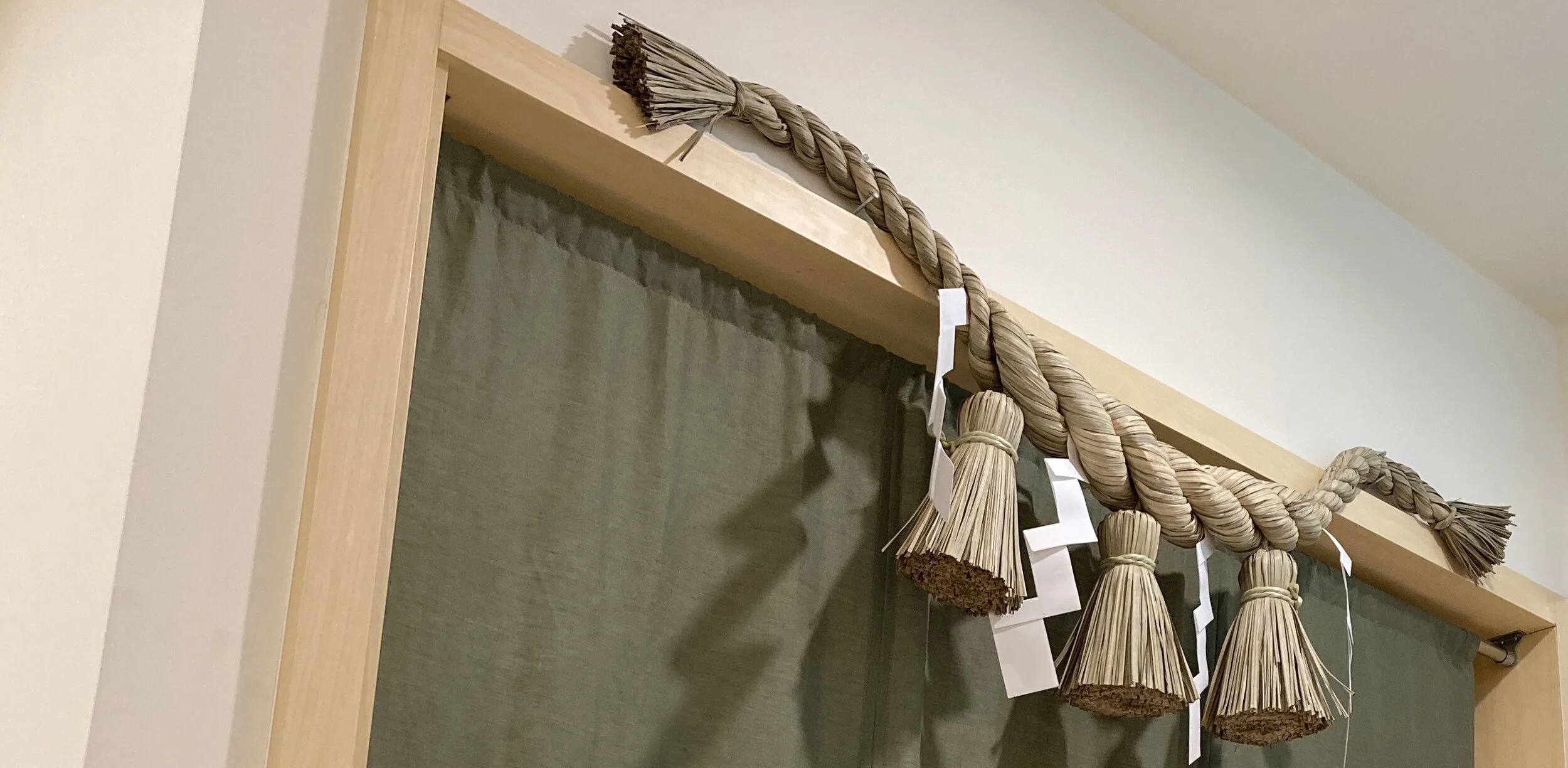FREQUENTLY ASKED QUESTIONS
Please click on the questions you are interested in.
Q1. What age is too young or too old to start learning Aikido or Ryushin?
Currently, anyone 13 years or older can sign up to train with us. We are currently working on creating grouped children's classes for even younger practitioners. Fortunately, there is no age that is considered "too old" to start learning Aikido or Ryushin.
Q2. Do you have to be athletic or in good shape to start Aikido or Ryushin?
No! You do not have to be an athlete or have previous athletic training to start either of these martial arts.
Q3. Does Aikido/Ryushin work in real life?
Aikido can work in real life, but it depends primarily on how you treat the training, i.e. whether you choose to focus on its martial aspect or its fitness component.
Ryushin is more traditional, since people no longer wear swords in the streets, and is focused more on preserving culture and honing one's attention and reflexes. As the founder, Kawabata, said: establishing unmovable wisdom in the everyday world by means of a strong yet flexible body and spirit.
The main focus of both arts is to avoid direct confrontation. The internal aspects of training are crucial to learning how to maintain balance, read intention, harness energy, and focus. These attributes can frequently come in handy in real life, also in non-threatening situations.
Q4. Is the training dangerous?
Training must be done according to everyone's specific level. Kindness, respect, and a positive attitude while training are top priorities at our dojo. As a student, you always have the right say "no" to training with someone you don't feel comfortable training with, and you can always approach a teacher about anyone you feel is not adhering to the above values.
Moreover, it is vital that you learn to become aware of your training space in order to avoid injuring yourself, others, or damaging the dojo equipment. This means knowing how much space your training/weapons will take up, and ensuring that this space is available and free on the mat.
While safety is one of our top concerns, and adhering to the above values will make for the safest possible training experience, there is always a fair amount of risk of physical injury when training in a martial art.
Please be sure to sign our legal waiver before attending classes, and take a look at our dojo rules & etiquette.
Q5. Women in Aikido and Ryushin
Both Aikido and Ryushin happen to be martial arts in which women naturally excel, because they both rely on not using/depending on "muscle", but rather harnessing inner/core strength and developing ki. This tends to give women a natural advantage in learning proper technique, as they tend to be less muscular than men and therefore have no choice but to learn how to properly use their core, extend their inner energy, and ultimately use ki in order to throw much bigger and outwardly stronger male oponnents. We welcome all genders at Taipei Budokai, and strive to create an equal and fair community in which all students feel welcome.
Q6. Do these martial arts promote personal health, fitness, or weight loss?
The short answer is: yes! Both of the martial arts we offer can help you improve your physical fitness, dexterity, and flexibility.
The long answer is: it depends on how you treat your training. Both martial arts can be performed at varying intensities, anywhere from not even breaking a sweat to really pushing your limits.
Whereas in Ryushin you can often set your own pace, since most of the practice is performed solo, meaning it's up to you to challenge yourself, in Aikido you are also somewhat dependent on your partner's training attitude. If you are training with someone who is not able to train fast or hard (due to age, level, or injury), you have to adapt your own speed and intensity to your partner. If, on the other hand, your partner moves fast (and you are physically capable of keeping up) you have to, again, adapt the speed and intensity of your own movements. After all, aikido heavily depends on the symbiosis between two partners in practice, and harnessing your partner's energy against them/closely following your partner's energy if you are being thrown.
Q7. I am going to buy a practice sword (iaito) to study Ryushin Shouchi Ryu. What are the specifications?
Usually, when ordering an iaito, you will have to specify the length of the blade and handle (tsuka) in a Japanese measurement called Shaku/Sun. The length for Ryushin blades should be 2.3 to 2.35 Shaku and the length of the tsuka should be between 7 to 8 Sun, depending on your preference or height.
Q8. Where can I buy martial arts uniform and equipment/gear?
Please see "Useful Links" at the top of the page.

